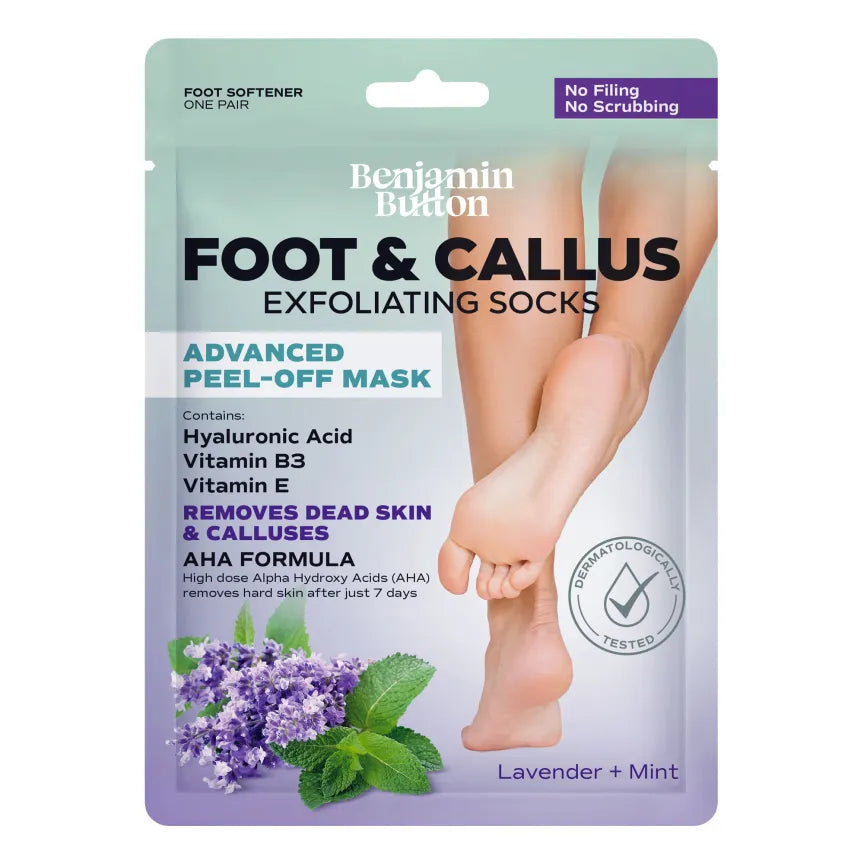Effective Exercise Tips for Managing Endometriosis Symptoms Naturally
Living with endometriosis can be both physically and emotionally challenging. Many women seek to alleviate their symptoms through various methods, and incorporating exercise into their daily routine has proven to be one of the most beneficial approaches. Engaging in regular physical activity can help manage pain, reduce inflammation, and even improve mental well-being. Here are some effective exercise tips that can aid in managing endometriosis symptoms naturally.1. Understanding the Benefits of Exercise
Exercise serves numerous benefits for those dealing with endometriosis. By recognising these advantages, women can empower themselves to make exercise a routine part of their lives.- Pain Relief: Physical activity can boost the production of endorphins, which act as natural painkillers.
- Reduced Inflammation: Regular exercise can reduce inflammation in the body, a significant contributor to endometriosis symptoms.
- Improved Mood: Exercise can foster better mental health by reducing anxiety and depression, common among those with chronic conditions.
- Enhanced Mobility: Staying active can combat the stiffness that often accompanies pain, improving flexibility and mobility.
2. Finding the Right Type of Exercise
Not all exercises are created equal when it comes to managing endometriosis symptoms. It is vital to choose activities that are both gentle and effective.- Yoga: Incorporating yoga into your routine can help alleviate pelvic pain and improve overall body awareness.
- Swimming: This low-impact form of exercise allows you to work out joints without exerting excessive pressure on your body.
- Cycling: Engaging in a leisurely bike ride can aid in decreasing lower back and pelvic pain.
- Walking: A simple yet effective way to maintain fitness; it can be done anywhere and is easy on the body.
3. How to Start an Exercise Routine
Beginning a new exercise program can feel daunting, especially when managing chronic pain or fatigue. Here are some helpful tips for getting started:- Begin Slowly: Start with short sessions, gradually increasing their duration as your body adapts.
- Listen to Your Body: Pay attention to how your body reacts during and after exercise. If something doesn't feel right, modify or skip that activity.
- Set Realistic Goals: Rather than aiming for drastic changes, focus on achievable milestones that promote consistency.
- Mix It Up: Incorporating variety in your workouts can keep you engaged and excited about exercising.
4. Specific Exercises for Endometriosis
Certain exercises have been found to be particularly beneficial for those battling endometriosis. Here’s a closer look at some specific movements that can assist in alleviating discomfort:- Pelvic Tilts: This strengthening move can relieve lower back pain and engage the core.
- Cat-Cow Stretch: A gentle yoga pose that promotes spinal flexibility and can reduce tension in the pelvic area.
- Child's Pose: Another yoga staple; this position can soothe the abdominal area and aid in relaxation.
- Kegel Exercises: Strengthening the pelvic floor can be particularly helpful in managing pelvic pain.
5. Mental Preparation and Mindfulness
Even with the right exercises, mental preparation is crucial. Mindfulness techniques can aid in managing symptoms effectively.- Meditation: Practising mindfulness through meditation can enhance relaxation and reduce stress, which contributes to symptom relief.
- Deep Breathing: Taking deep, intentional breaths can alleviate anxiety and create a sense of calm during workouts.
- Visualisation: Imagining successful workouts and positive outcomes can enhance motivation and bolster resilience.
6. Nutrition and Hydration
While exercise plays a significant role, combining it with a balanced diet can amplify results.- Stay Hydrated: Drinking sufficient water is essential, especially during and after exercise, to prevent dehydration-related pain.
- Avoid Inflammatory Foods: Minimising processed foods and sugar can help in reducing inflammation.
- Incorporate Anti-Inflammatory Foods: Consuming foods rich in omega-3 fatty acids, such as fatty fish, walnuts, and flaxseeds, can further support your body.
7. Building a Support Network
Lastly, surrounding yourself with a supportive community can make a significant difference. Whether it’s friends, family, or others with endometriosis, having a group can motivate you to stay committed to your exercise routine.- Join Classes: Engaging in group classes, such as yoga or pilates, can provide both motivation and camaraderie.
- Online Forums: Joining online communities can offer support and shared experiences useful for managing symptoms.
- Buddy System: Find a workout buddy who understands your journey, providing accountability and encouragement.






















